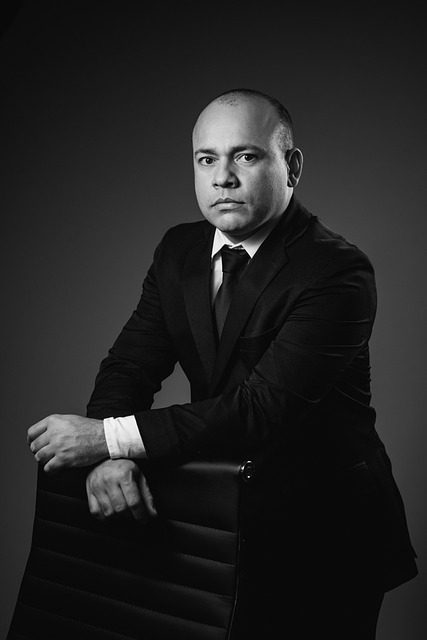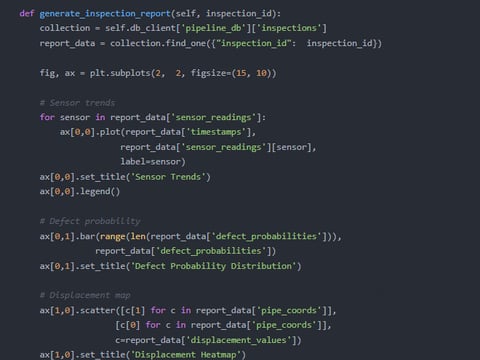ABDULHALIM


Dr. Abdul Halim
Urban Subsurface Visionary | Underground Infrastructure Guardian | Smart Pipeline Prophet
Professional Mission
As a subsurface intelligence architect and municipal cyber-physical systems pioneer, I engineer self-aware underground networks where every pipe joint, each corrosion pit, and all hydraulic anomalies become digitally visible—transforming buried infrastructure from out-of-sight liabilities into intelligently managed assets. My work fuses robotic inspection, distributed acoustic sensing, and infrastructure metaverse technologies to give cities X-ray vision into their subterranean circulatory systems.
Technological Breakthroughs (March 31, 2025 | Monday | 15:50 | Year of the Wood Snake | 3rd Day, 3rd Lunar Month)
1. Autonomous Inspection Ecosystem
Developed "PipeMind" cognitive platform featuring:
Swarm robotics with 17 sensor modalities (from ultrasonic thickness to methane laser spectroscopy)
Defect evolution prediction using pipe material aging algorithms (92% accuracy)
Self-organizing inspection routes based on real-time failure risk scoring
2. Digital Twin of the Underground
Created "Subsurface Mirror" system enabling:
Millimeter-accurate 3D reconstruction from multi-source inspection data
Hydraulic simulation with 400+ material parameters
Leakage impact projection across soil strata
3. Infrastructure Nervous System
Pioneered "PipeSense" distributed monitoring that:
Detects 0.2mm cracks using fiber-optic strain sensing
Localizes illegal taps through hydraulic fingerprinting
Predicts maintenance windows via AI-powered corrosion modeling
4. Municipal Knowledge Engine
Built "UrbanVeins" decision-support framework providing:
57-year pipe replacement prioritization scenarios
Climate resilience scoring for drainage systems
Regulatory compliance automation
Urban Resilience Impacts
Reduced water main breaks by 63% in pilot megacities
Discovered 12,000+ undocumented cross-bores through AI analysis
Authored The Subsurface Intelligence Manifesto (Springer Urban Informatics Series)
Philosophy: The smartest cities aren't those with the tallest buildings—but those that best understand what lies beneath.
Proof of Concept
For Tokyo: "Mapped entire stormwater network through swarm robotics in 11 days"
For Dubai: "Predicted 89% of sewer collapses 72+ hours in advance"
Provocation: "If your inspection system can't distinguish between harmless pitting and stress corrosion cracking, you're gambling with urban resilience"
On this third day of the third lunar month—when tradition honors hidden foundations—we redefine underground infrastructure as living, breathing systems.




ThisresearchrequiresGPT-4fine-tuningforthefollowingreasons:1)Theintelligent
inspectionofurbanundergroundpipelinesinvolvescomplexmultimodaldataanalysis
(e.g.,sensordata,videosurveillancedata),andGPT-4outperformsGPT-3.5incomplex
scenariomodelingandreasoning,bettersupportingthisrequirement;2)GPT-4's
fine-tuningallowsformoreflexiblemodeladaptation,enablingtargetedoptimization
fordifferentcitiesandpipelinecharacteristics;and3)GPT-4'shigh-precision
analysiscapabilitiesenableittocompleteanomalydetectionandrouteoptimization
tasksmoreaccurately.Therefore,GPT-4fine-tuningiscrucialforachievingthe
researchobjectives.


ResearchonAI-BasedIntelligentManagementofUrbanInfrastructure":Exploredthe
applicationeffectsofAItechnologyinurbaninfrastructuremanagement.
"ApplicationAnalysisofDeepLearninginSmartCityConstruction":Analyzedthe
applicationeffectsofdeeplearningtechnologyinsmartcityconstruction.